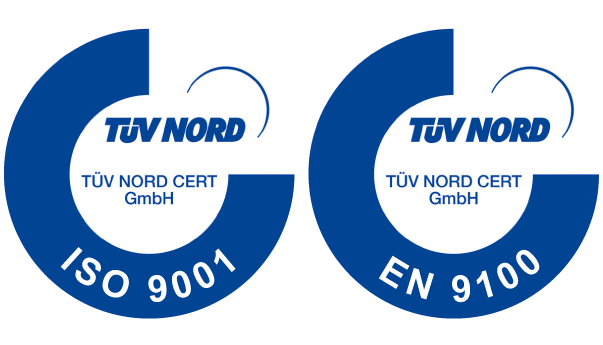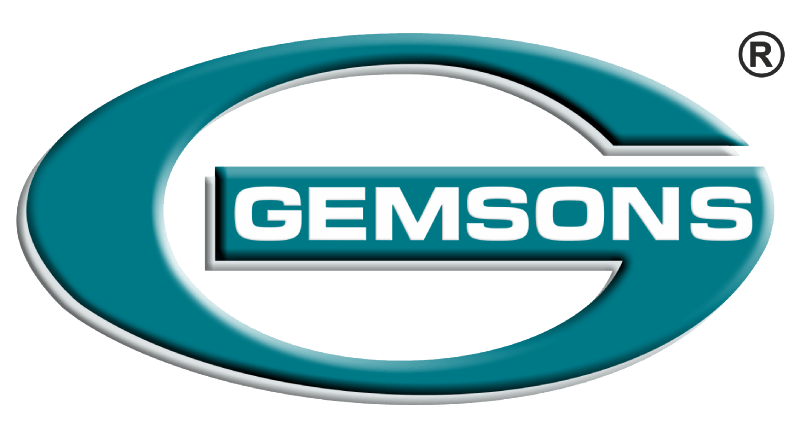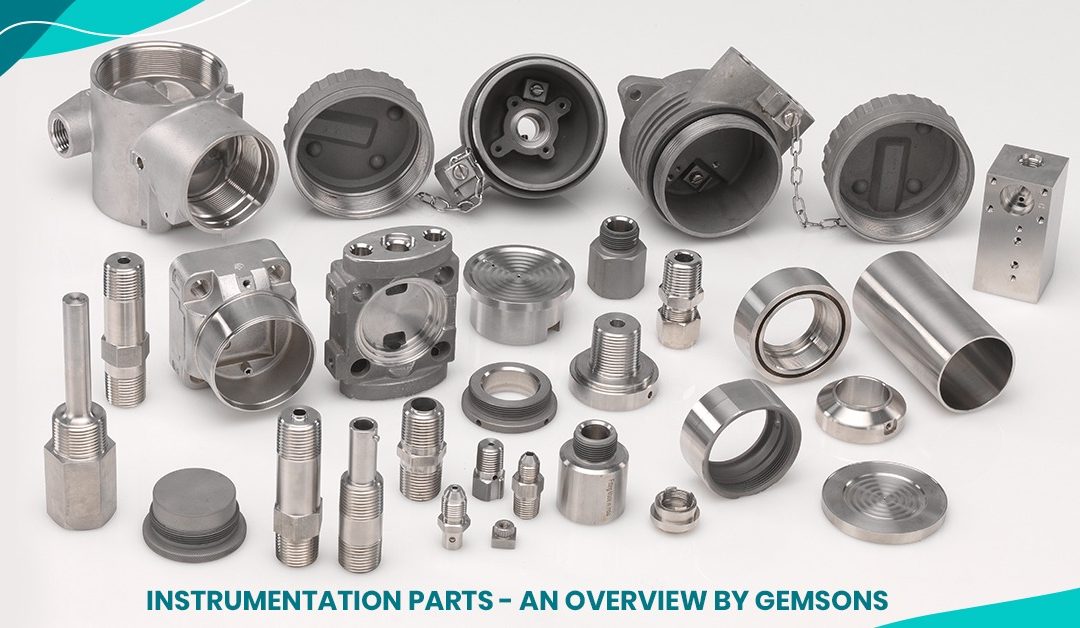Instrumentation parts are made using high-quality materials and cutting-edge technology. Furthermore, the quality specialists test this instrumentation part on predefined criteria to ensure that it is within the tolerance range.
When buying instrumentation parts, customers should keep the following fundamental requirements in mind. Cost, quality, and applicability are examples of these criteria. In addition, there are several additional variables to consider. They include flexibility, and simplicity of usage. When it comes to selecting the appropriate instrumentation parts, the following factors should be examined before making a purchase:
A high-quality instrumentation part is not enough to ensure that customers receive the most acceptable material; material testing is essential. When purchasing a machine to conduct consistent and trustworthy tests, customers should know the combination of the instrumentation parts and its testing software. The material testing software calculates and saves the test results while the material tester conducts the actual test. It should also be able to transmit and combine data to the user’s system for record keeping.
Industrial instrumentation
Industrial instrumentation is the process of measuring and regulating different quantities in enterprises using various industrial instruments. To manage any amount, it is first necessary to measure that quantity. Fluid pressure, fluid flow rate, device temperature, the volume of liquid, motion or position or physical dimensions or acceleration of the machine, electrical current, electrical voltage, and electrical resistance are typical instrumentation parts utilized in industries and considered for measurement.
As a result, after measuring the required amount, the measured values are manually or automatically sent for indication, calculation, or control reasons. The amount may be regulated in an automatic-controlling process by sending a control signal from the computer to the regulating devices.
The electric motor, control valve, and electric heater are all examples of instrumentation parts. The parts are linked to the instrumentation and control devices through a physical system known as a process.
For this reason, most industries are automated for simplicity of operation; programmed switching necessitates microcontrollers and microprocessors.
Industrial Instrumentation Structure in Real-Time Applications
This can be readily explained because of its straightforward structure. Sensors, transducers, or input devices, controllers or processors, transmitters, actuators, or output devices make up most of it.
Industrial Instrumentation Structure
Instrumentation parts such as valves, regulators, circuit breakers, and relays are included in output instrumentation. These are designed to regulate desired output variables, and they may be controlled remotely or automatically. These are referred to as final control elements or devices.
Three critical aspects of industrial instrumentation are briefly discussed here.
In real-time electronics instrumentation and control applications, a variety of sensors is utilized as input devices. Temperature sensors, pressure sensors, optoelectronic sensors, flow sensors, level sensors, speed sensors, inductance coil pulse generators, manometers, optical pyrometers, orifice plates, thermistors, and thermocouples image sensor, position & displacement sensor, and so on are all commonly used sensors.
Temperature Sensor
A temperature sensor is a device, machine, or system that detects a device, machine, or design. Such that, in the event of a change in temperature limitations, the controllers get a signal. Various kinds of sensors are employed depending on the application, such as a thermistor, thermostat, thermocouple, and specialized sensors.
Pressure Sensor
A pressure sensor is a kind of transducer that measures the pressure of liquids or gases. The pressure is converted into electrical impulses via this device.
Thus, a predetermined process is linked to a specific sensor to detect any changes in the operation, from the output, and send it to the controllers for controlling, monitoring, or running the process in a prescribed manner.
Supervisors
Mechanical systems or solid electronics are used to implement the majority of controllers and valves. However, modern instrumentation parts of industrial control systems rely on computers, making sophisticated control algorithms easier to design than mechanical systems.



Recent Comments